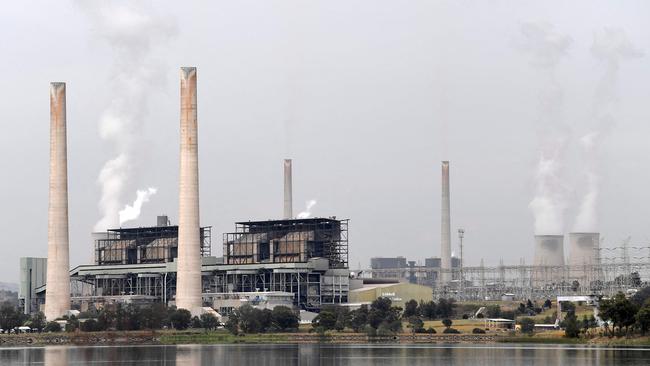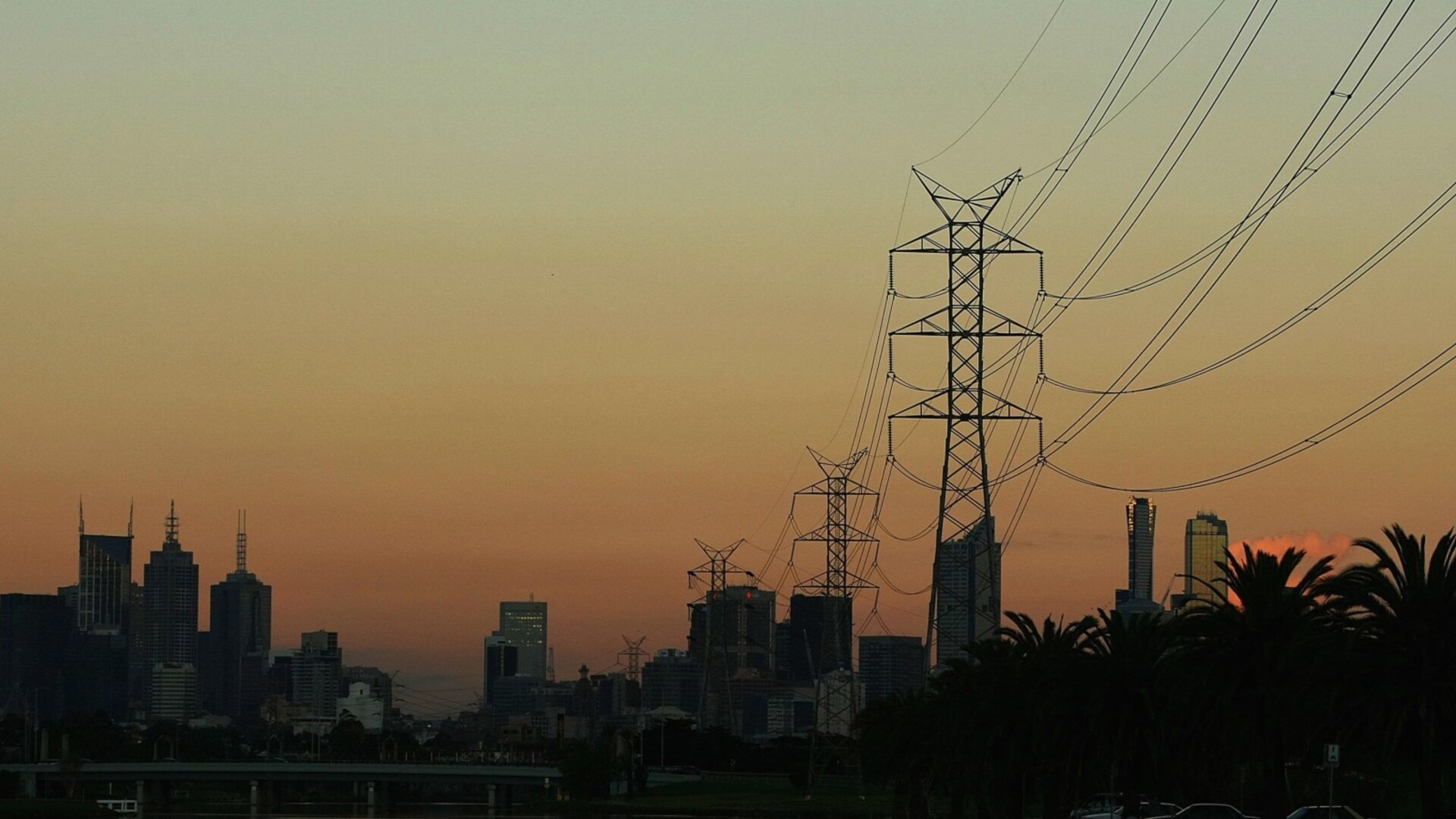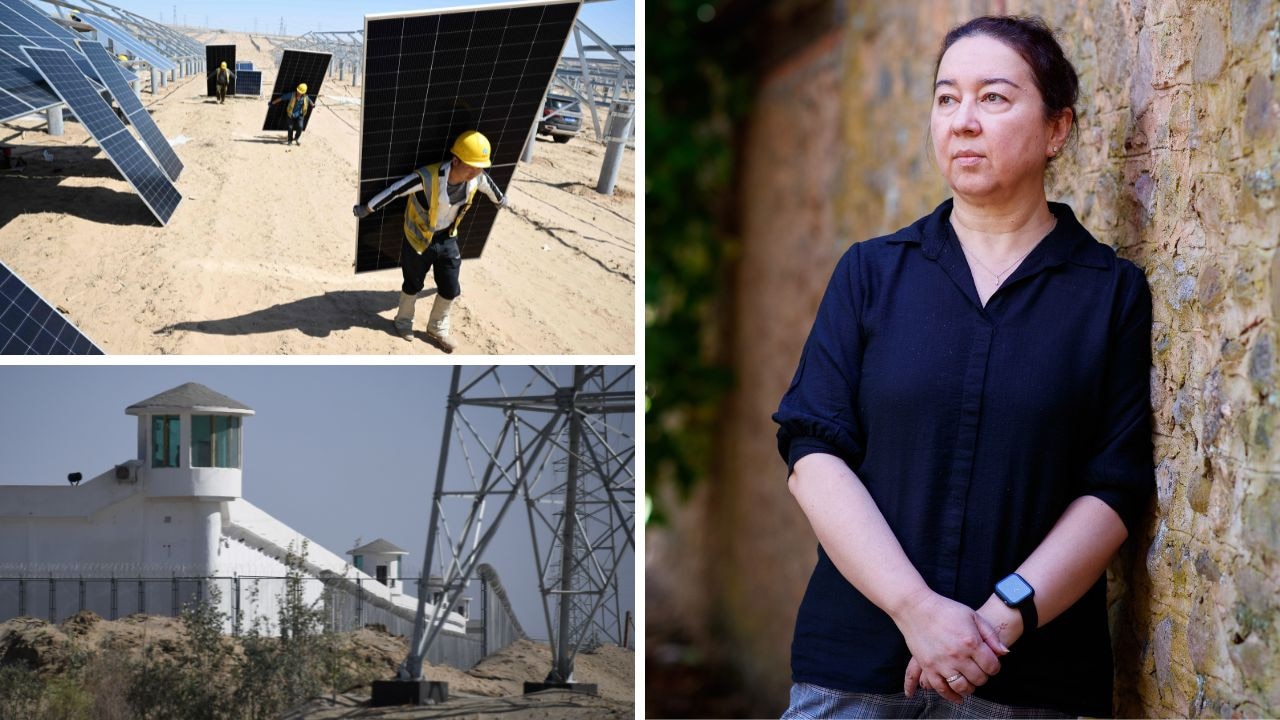Australian Energy Market Commission warns of energy security risks with no coal
An Australian Energy Market Commission report calls for a detailed plan that specifies what resources are needed to prepare for the expected closure of all remaining coal-fired generators.

Australia’s energy market rule maker has warned electricity system security risks are emerging faster than expected and a detailed plan is needed for how the national grid will operate without baseload power from coal.
The Australian Energy Market Commission (AEMC) concerns are detailed in a response to the Australian Energy Market Operator’s (AEMO’s) transition plan.
AEMC is the expert energy policy adviser to governments. It makes and revises the rules for electricity and gas markets and has ordered AEMO to take stock of how the low-emissions transition will work in practice.
AEMC said it is critical the system can operate within its technical operating envelope as synchronous generators continue to retire.
“The panel recognises the work AEMO is undertaking to identify the key milestones required to securely transition the power system,” the response said.
“However, the panel is of the view that to keep pace with the energy transition, security needs must be identified earlier so that timely investment can occur.
“Security risks are emerging faster than expected.
“For example, system strength and minimum system load have become critical risks earlier than expected, and market interventions have been needed to maintain system security.
“It is critical that the transition plan identify the critical investments or operational measures needed to support security as far in advance as possible,” it said.

The panel reinforced the need for a detailed plan that specifies what resources are needed to prepare for the expected closure of all remaining coal-fired generators in each NEM region.
It said the retirement of major thermal generation assets over the next decade presents a pressing system security challenge.
It was important that all potential system security shortfalls as thermal generators retire were identified and resolved in the planning time frame.
“Interventions in dispatch should not be relied upon or required except in rare and unforeseeable circumstances,” the AEMC said. “To achieve that outcome, the panel reinforces the need for a detailed plan that specifies what resources are needed to prepare for the expected closure of all remaining coal-fired generators in each NEM region.”
It should consider security needs at times of maximum demand, minimum system load, system restart and any other challenging dispatch intervals.
AEMC said the AEMO transition plan needs to be sufficiently granular for market participants to invest in the required mix of technologies and provide AEMO with the confidence to avoid reliance on market interventions to maintain stability.
The transition plan should “specifically identify how system security will be managed with no remaining coal-fired generation”.
“If AEMO or TNSPs are already taking this approach, the panel encourages that the analysis be published,” AEMC said.

The response, signed by AEMC commissioner Tim Jordan, said: “Making sure that the system can operate with the expected future generation mix ensures that there is no delay in the retirement of older units or the need for expensive and distortionary intervention.”
“It would also improve resilience and simplify system operation by reducing the number of unprepared for events that could result in the network … requiring last-minute operator intervention,” the response said.
The plan will be updated each year and was made necessary by a rule change by AEMC.
It is designed to force AEMO to “convey its understanding of the security needs of the system and how these needs may evolve”.
AEMO’s first transition plan was released in December.
“AEMO’s view is that there are significant challenges to achieving secure power system operation solely through a suite of specific system security services”, the report said.
“System security is currently achieved through constraints in the dispatch process and by maintaining secure generating unit commitment configurations, after assessment of the system as a whole.”








To join the conversation, please log in. Don't have an account? Register
Join the conversation, you are commenting as Logout